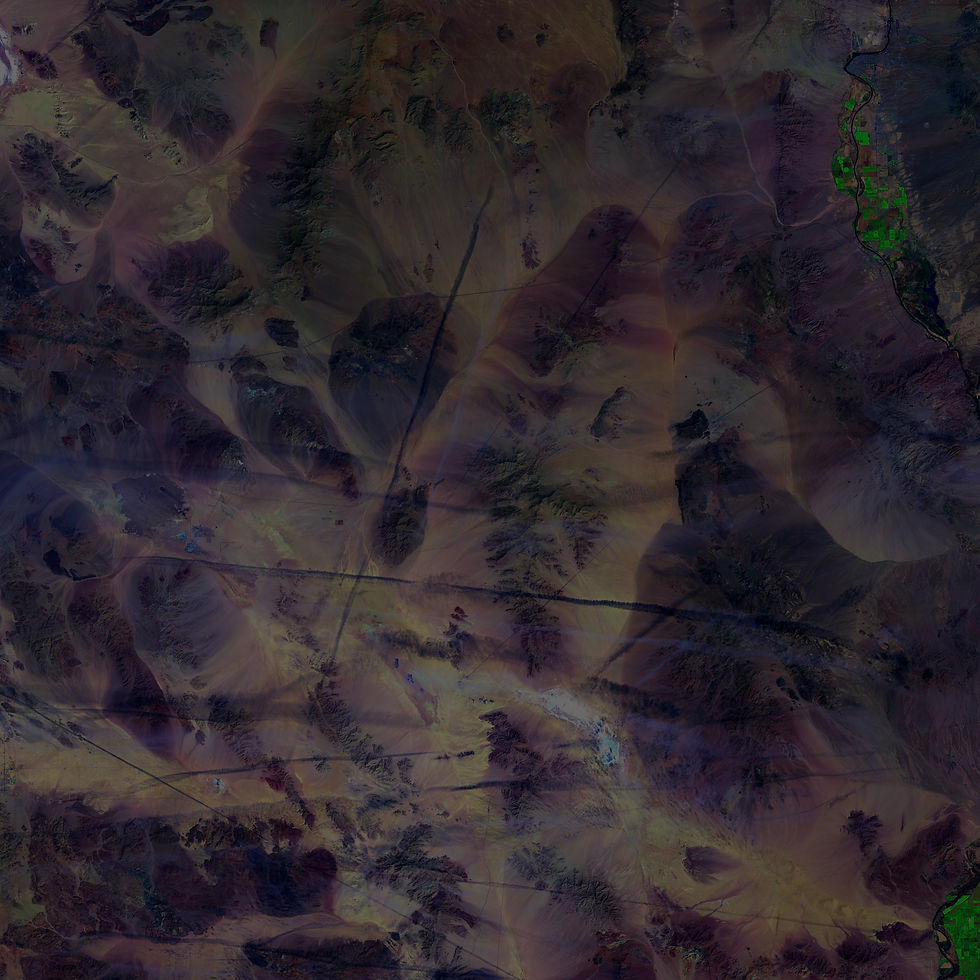top of page
Ciclo 2019-2026: Metahumanismo y hábitats experimentales
Enfasis en proyecto e investigación tecnológica, EAU, UN

NIA CENTERS
Modular and scalable buildings suited to the Sahel climatic and landscape conditions
The greatest challenge of the Great Green Wall is not planting trees but ensuring their survival. According to international environmental agencies, if all the trees that had been planted in the Sahara since the early 1980 had survived, it would now look like Amazonia. NIA Centers are modular Nurseries Into Action that can be easily built with locally sourced materials across remote areas of the Sahel to provide a base, shelter, and facilities that support proper care and follow up of the planted trees across the Sahel region. This detached building prototype is designed by UNOA -Universidad Nacional Open Architecture-, a team of architects and engineers that designed and built the PV4 home, a self-sufficient building recently awarded in the Solar Decathlon Competition Latin America and the Caribbean. Nia Centers harvest solar energy via PV systems, provide proper hydrothermal conditions for seed keeping and germination process under desert conditions; and function as training schools to educate new generations in forestry and climate change across Africa. These buildings also provide humanitarian assistance to communities and give kids and teenagers in remote areas an alternative return to civilian life after being involved in armed conflicts. NIA is also the African word for making community and restoring people to their traditional greatness.

Más allá de la sostenibilidad +
Nuevas Materialidades +
Amenazas y Resiliencia + Bioclimática
Andrés IBAÑEZ +
Andrés F. PEREZ + Daniel ROJAS +
David PERICO
THE PROBLEM
Land degradation rate in the Sahel is related to rapid social changes that reflect the disintegration of local communities and human bounds. In the last two years, the number of schools closed has skyrocketed from 502 to 3005. Africa has 31.2 orphans, many of which get enrolled in armed groups. As the desert expands, life in the Sahel gets controlled by armed groups and displace communities from their rural settlement areas. The regeneration of the Great Green Wall offers hope for new live standards, well-being and presence of peaceful communities rather than armed groups, but 80% of the planted trees in the Sahel have died. Most of plantation areas are located far from human settlements, are difficult to access, and are exposed to local groups that take for control over land by force. NIA Centers are multipurpose architectural facilities (NIA centers) that can be built in strategic places of the Sahel and function as support for tree monitoring and seed keeping, but these buildings can also provide psychological care and education for young people involved in armed conflicts, providing an opportunity to join the civilian life again.

OUR VISION
UNOA envision the Sahel as a region that will create healthy settlements in which nature and humans coevolve. The NIA Centers Network across the green belt are meant to be centers for peace, education on ecological restauration and resilience. The ultimate vision is a greener Sahel with a successful planting action plan supported by many nurseries and assistance facilities from coast to coast.
Assessment criteria: 1) Number of NIA Centers built in the territory, 2) Number of adaptations or versions of the NIA Centers in response to different climatic and landscape conditions, 3) Acceptance of the NIA Centers by communities, 4) Number of young people returning to the civilian life, 5) Increase in the rate of planted trees survival.

HOW IT WORKS
Recently, Colombia ended the oldest remaining conflict in America. After the peace agreements were signed, the country had to envision and implement 24 Settlements for education and reincorporation to civilian life (ETCR, Espacios territoriales de capacitación y reincorporación). This challenge has given architects in the country the opportunity to plan, design and built housing compounds, facilities, and multipurpose centers across the territory, so that the ex-revels could find productive activities in the process of returning to society. UNOA Open Architecture combines this expertise with the technical and design experience gained during the regional Solar Decathlon Competition in 2019. UNOA followed a unique approach to multi-purpose buildings by building a house that can be easily customized by users. UNOA developed a movable partitions system that can turn one single building into many, by allowing different space configurations. The NIA Centers in the Sahel will contribute to creating resilience in both the society and the natural ecosystems. UNOA will apply the dual-comfort model to achieve optimal indoor conditions and the integrated approach to natural resource farming in the building (PV systems, natural water treatment methods, home farming, dry toilets and water harvesting).

RESEARCH
UNOA Open Architecture was awarded in Solar Decathlon Latin America and the Caribbean competition in 2019 for outstanding performance in indoor comfort conditions, universal design and building functioning




bottom of page